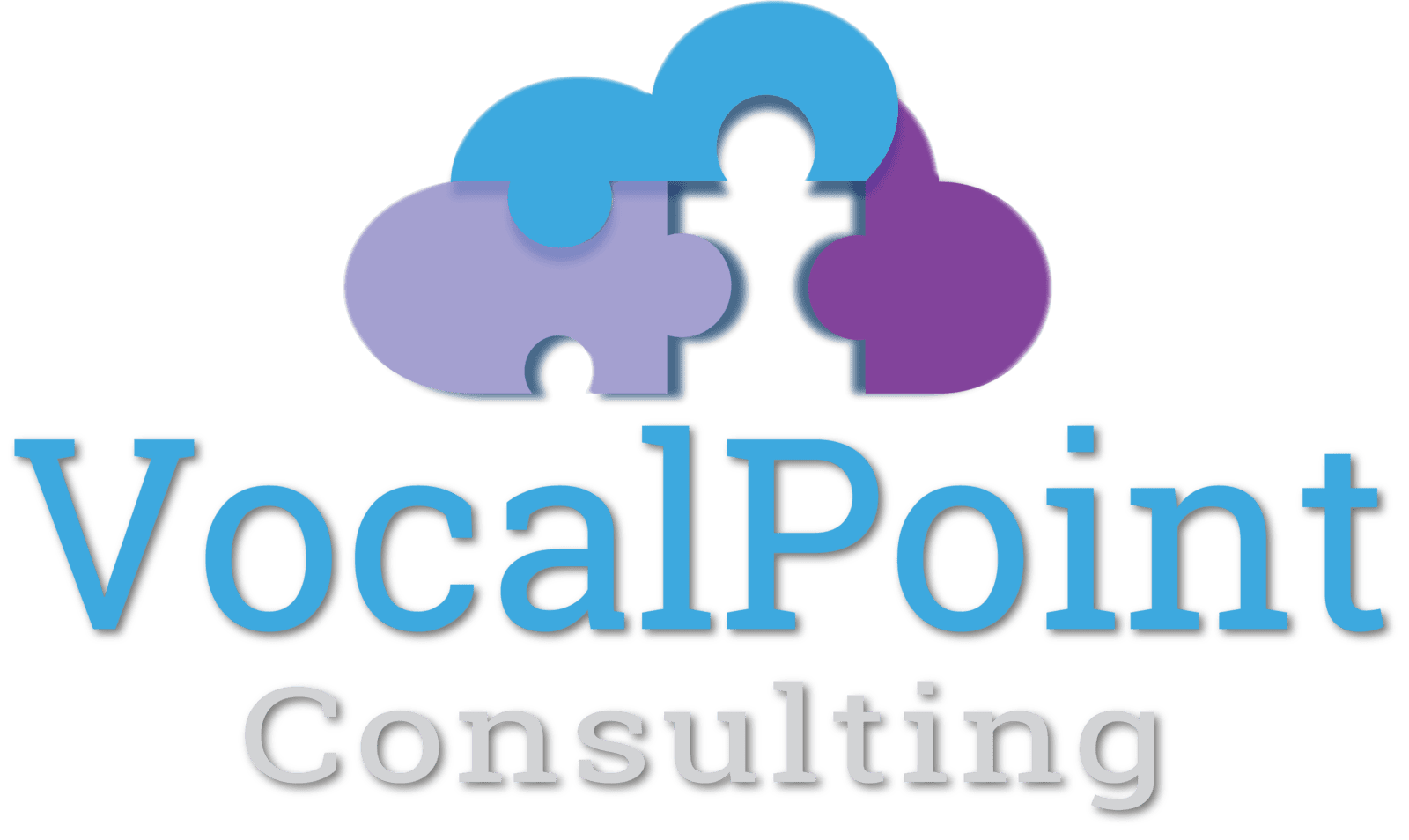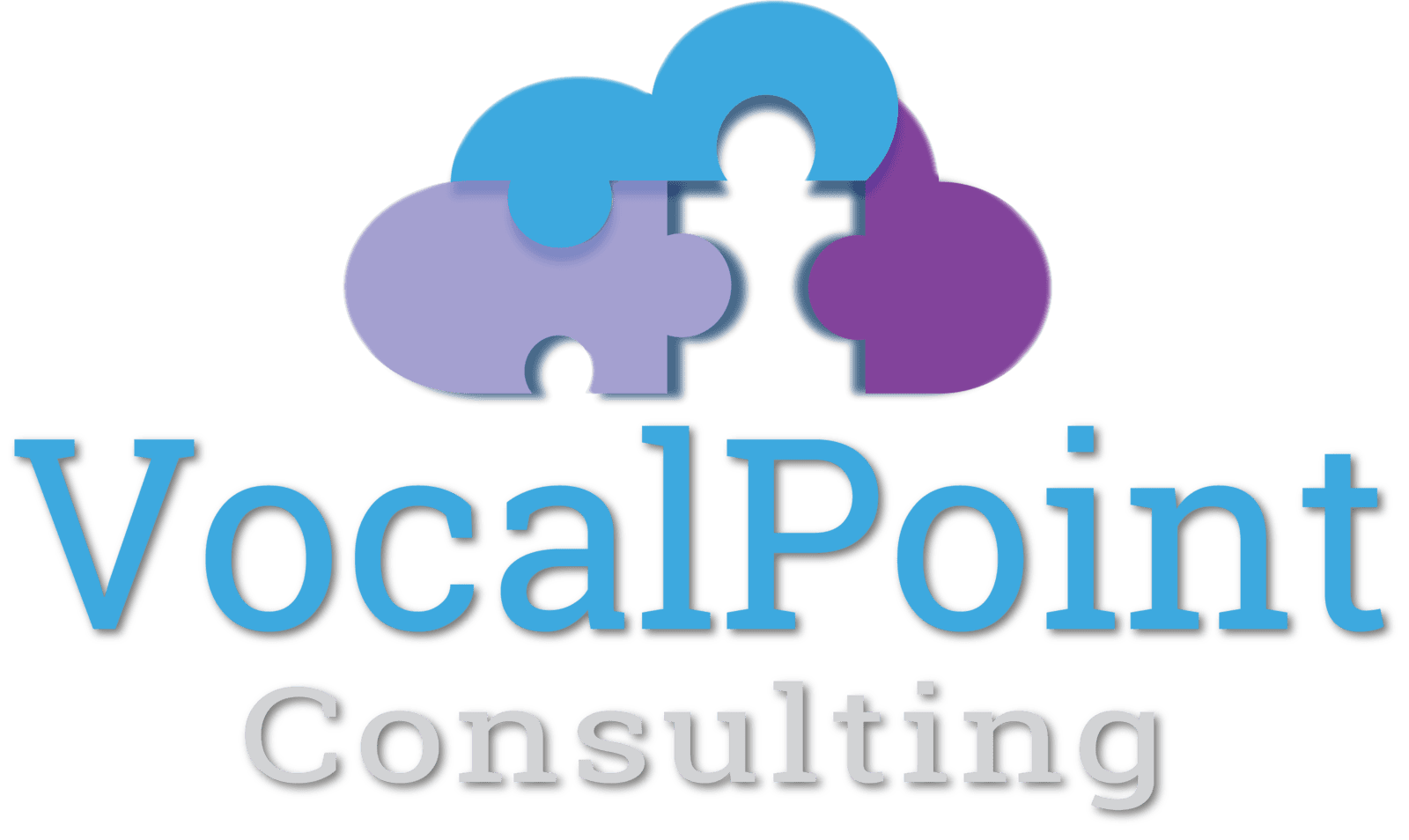When companies begin exploring cloud solutions, figuring out which type of service is the best fit is potentially challenging. Cloud computing comes in several forms, each with its own unique features, benefits, and drawbacks.
Ultimately, understanding how the solutions stand apart is crucial for making sound decisions about IT spend. Here’s an overview of the different types of cloud computing solutions.
Types of Cloud Computing
Software-as-a-Service (SaaS)
SaaS is a cloud-oriented software delivery model that lets users access a specific application using the internet. The software itself resides on a remote server, which is typically owned and maintained by the SaaS provider.
Accessing the application through multiple internet-connected devices is typically possible, as most are compatible with web browsers or are accessible through companion mobile applications designed explicitly for smartphones or tablets.
Typically, the benefits of SaaS solutions included lower costs and simpler deployments. There’s also a higher degree of flexibility, as licensing is usually based on the number of users and not the total number of potentially connected devices. Scalability is also typically part of the equation, as the provider can often provide enough resources to increase the number of users when the need arises.
When it comes to drawbacks, there may be less control or fewer customization options. Additionally, speeds can vary depending on the quality of service the provider offers, and you’ll need to make sure that any security solutions in place on the provider’s end meet your needs.
Infrastructure-as-a-Service (IaaS)
IaaS solutions provide computing, storage, memory, and networking resources to deliver services related to everything from servers to operating systems. Often, these solutions are functionally on-demand, allowing companies to access comprehensive solutions without the need for internal investment or management.
In the simplest sense, IaaS is a mechanism for getting virtual servers for a wide array of functions. They can function solely as storage, house custom-designed applications, or provide virtual desktop capabilities.
Often, IaaS is ideal for companies experiencing rapid growth and quick-changing computing and infrastructure needs. The solutions are scalable, and costs are usually related to usage rates. Many IaaS providers are also security-oriented, and most offer some built-in level of redundancy to support business continuity. Some degree of customization is often available, though how much can vary from one provider to the next.
As for the downsides, one of the most significant is the highly variable cost. Since most use a usage-based model, monthly fees aren’t standardized, which creates challenges when it comes to budgeting. Integration with existing systems may prove tricky in some cases, and transitioning from one IaaS to another at a later date is often a cumbersome task. Lastly, while robust security is usually part of the equation, the client company still has responsibilities in this area, so you can’t rely solely on what the provider brings to the table.
Platform-as-a-Service (PaaS)
PaaS is typically considered the most innately complex of the cloud computing solutions. In the simplest sense, it provides access to platforms for the development of applications. Typically, the systems include an array of development tools, as well as suitable memory, storage, and other functionality that supports the associated processes.
Typically, PaaS includes the required infrastructure elements, so there’s an IaaS component. Additionally, it makes any software necessary to support development activities, giving it an SaaS component. However, the solution is inherently focused on application creation, which separates it from the other services.
In many cases, PaaS is a cost-effective solution for smaller companies that need robust development tools and supporting systems. For businesses designing custom software, PaaS also makes deploying the resources required fast. Plus, the solutions are usually scalable, and there’s some built-in security.
As for drawbacks, there can be compatibility issues with existing development platforms, though that’s only problematic if there’s one already used internally. Development success is also significantly impacted based on what the provider offers, as not all solutions are created equal. Finally, while some degree of security is provided, the client company also has its own responsibilities in this arena, so you can’t rely on the provider alone.

